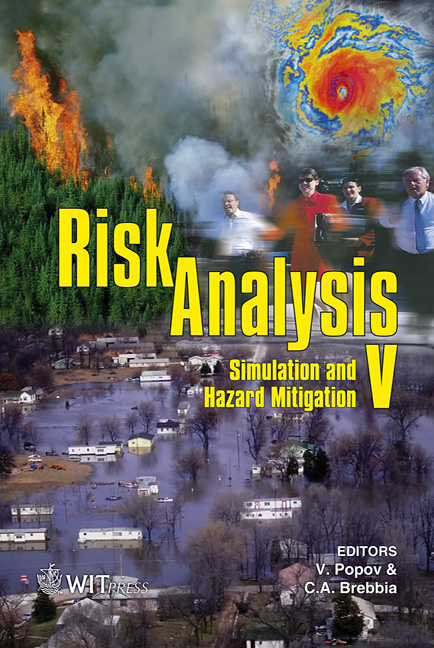Application Of The ISCST3 Model To An Industrial Area: Comparison Between Predicted And Observed Concentrations
Price
Free (open access)
Transaction
Volume
91
Pages
9
Published
2006
Size
304 kb
Paper DOI
10.2495/RISK060181
Copyright
WIT Press
Author(s)
M. Andretta, B. Leonzio, P. Lucialli & S. Righi
Abstract
This study assesses the performance of the Industrial Source Complex Short Term (ISCST3) model in the industrial area of Ravenna, located in the North East of Italy. The ISCST3 model is based on a steady-state Gaussian plume algorithm. It has been developed by USEPA for assessing air quality impact from point, area, and volume sources. In this work, ISCST3 was applied to simulate the air quality for both a short-term (one hour) and a long-term (annual) period. The model performance has been evaluated by comparing predicted and measured concentrations of NO2, SO2, TPS (Total Suspended Particulate). The software has been tested using the data available from the industrial area of the town and measured by the air quality network of the local Environmental Protection Agency (ARPARER). The model exhibits better performance for long-term than for short-term periods. Generally, simulation of NO2 and TPS is very good with an accuracy between 30 and 50%. The ISCST3 shows lower performances for SO2. It is interesting to note that the SO2 concentration predictions, both short- and long-term, generally appear overvalued. This result could be due to an overestimation of industrial emission fluxes. A more precise estimation of the emission inventory could allow for a better modelling of the pollutant dispersion. Keywords: ISCST3 model, Gaussian model, air quality, air pollution, emission sources.
Keywords
ISCST3 model, Gaussian model, air quality, air pollution, emission sources.





